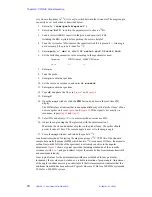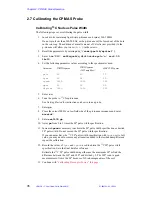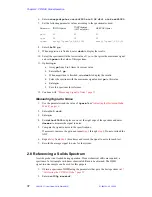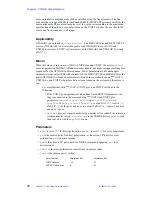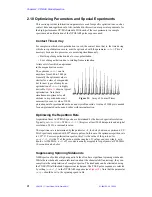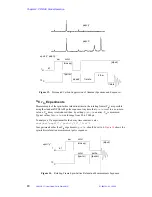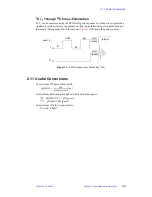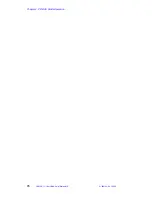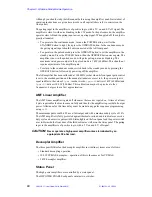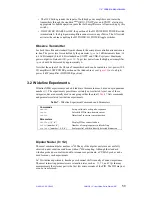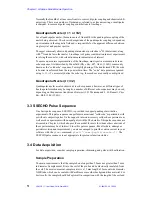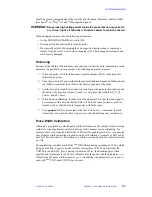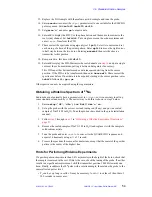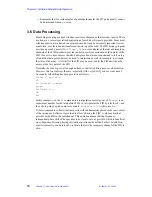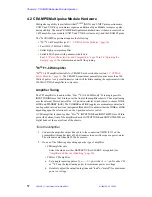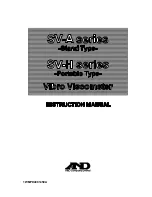
01-999162-00 C0402
VNMR 6.1C User Guide: Solid-State NMR
46
Chapter 3.
Wideline Solids Module Operation
Sections in this chapter:
• 3.1 “Wideline Solids Module,” this page.
• 3.2 “Wideline Experiments,” page 50.
• 3.3 “SSECHO Pulse Sequence,” page 51.
• 3.4 “Data Acquisition,” page 51.
• 3.5 “Standard Wideline Samples,” page 53.
• 3.6 “Data Processing,” page 55.
Unnarrowed spectra of solid samples can often reveal a great amount of information. In
wideline NMR, no attempt is made to narrow the resonances (as done by CP/MAS), and
patterns up to 0.5 MHz or wider can occur.
As lineshape is of the utmost importance, the spectrometer must be able to measure very
broad lines without any distortion. It is for this reason that the transmitter power is high.
γ
H1 must be large enough to uniformly excite the entire spectrum. (The effects of a finite
90
°
pulse width may be investigated with simulations using the solids analysis software
accessory.) With linewidths in excess of 100 kHz, an increase in ADC speed is necessary.
In fact, the typical spectral widths used often greatly exceed the linewidths because many
spectra are obtained under over-digitized conditions.
3.1 Wideline Solids Module
The wideline module for the Varian spectrometer modifies and extends the basic capability
of the system in a number of areas. The main components of the wideline module are the
wideband ADC, high-power amplifier, and the solids cabinet.
Wideline ADC Board
A wideline analog-to-digital conversion (ADC) board is added to the system in addition to
the standard ADC board. Based on the spectral width (the parameter
sw
), the software
determines which ADC board is to be used—values of
sw
greater than 100 kHz will
automatically use the faster ADC.
Two versions of the wideline ADC board exist:
• The newer version of the Wideline ADC board (Part No. 00-993350-00) was shipped
with UNITYplus systems. It has its own on-board memory, which consists of 2 x 64
Kword buffers (maximum
np
is
131072
), together with its own sum-to-memory
(STM) circuitry. Data is summed at this speed without additional overhead. This board
also contains a Bessel filter, either 256 kHz (6-pole Bessel) or 1 MHz (4-pole Bessel).
This filter is switched in when
sw
is less than 256,000 Hz; otherwise, the 1 MHz filter
on the receiver is used.


